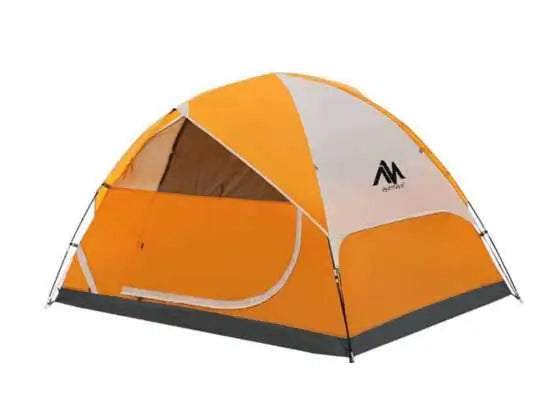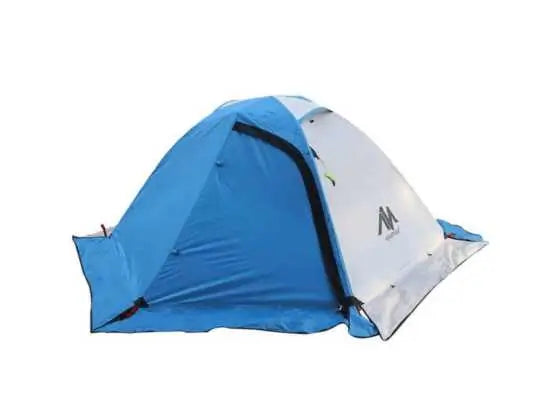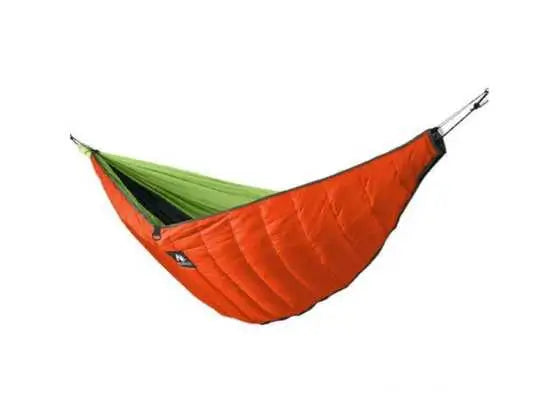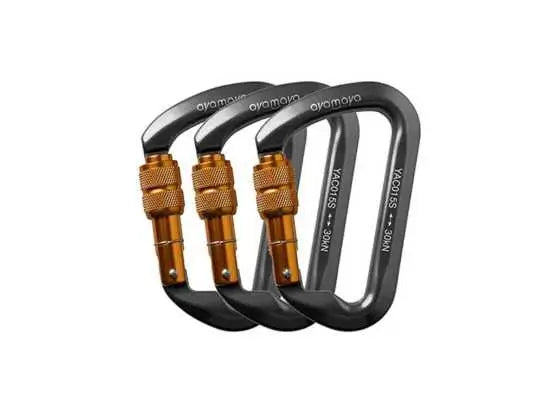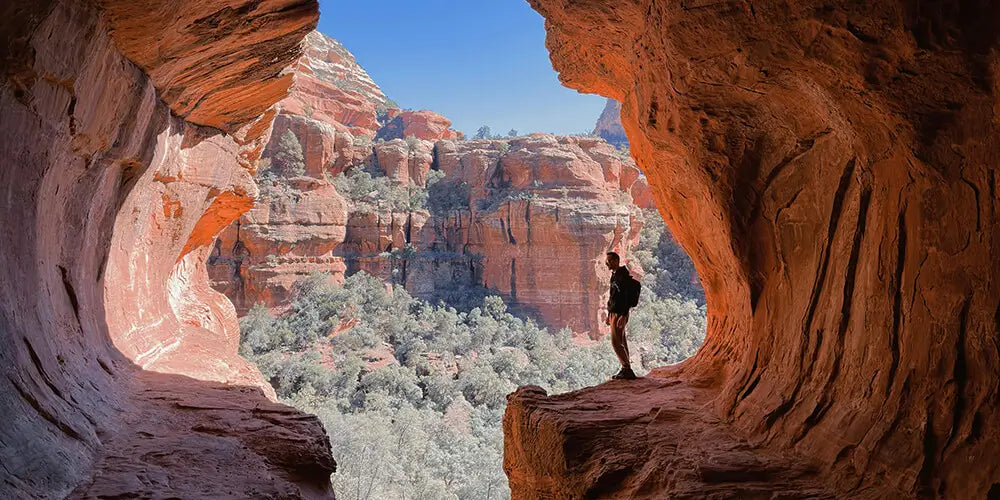Understanding The Basics

Topographical Maps: Topographical maps, commonly known as "topo maps," are detailed representations of an area's terrain and features, essential for wilderness navigation. Contours, depicted as lines connecting points of equal elevation, help visualize land shapes such as hills, valleys, and ridges. Symbols on the map represent landmarks like roads, water bodies, buildings, and natural features. These maps are invaluable for outdoor enthusiasts, hikers, and navigators seeking to explore unfamiliar territories with confidence.

Compass Basics: A compass is a vital tool for navigating the wilderness accurately. It comprises several parts, including the magnetic needle, which aligns with the Earth's magnetic field to indicate directions. The housing or bezel contains degree markings for setting bearings, and the baseplate features a ruler for measuring distances on a map. With proper understanding and use, a compass empowers adventurers to traverse challenging landscapes with ease. Once you master the basics, you can check out this blog made by "Men Do Outdoors", which has advanced navigation techniques that you could use for your next adventure!
Essential Skills
Orienting the Map: Aligning the map with the landscape is crucial for accurate navigation. Lay the map flat, and rotate it until its orientation matches the surrounding terrain, ensuring the map's north arrow points toward true north. By orienting the map correctly, adventurers can interpret the map's features in relation to their surroundings, facilitating seamless navigation.
Setting a Bearing: To set a bearing, identify your destination on the map, align the compass accordingly, and determine the direction of travel arrow. Keep the compass aligned with the chosen direction as you navigate. Setting a bearing enables adventurers to maintain a consistent course, even in challenging terrain or adverse weather conditions.

Finding Your Location: Utilize recognizable features on the map and in the landscape to triangulate your position accurately. Cross-reference multiple landmarks for greater accuracy, enabling adventurers to pinpoint their location with confidence. For navigating in the forest, we found that using a tree struck by lightning is a great marker to use when trekking in the forest. You can also tie colored rope to a tree to use as a marker as well! By mastering the technique of finding your location, outdoor enthusiasts can navigate with precision and efficiency, even in unfamiliar or remote environments.
Practical Tips
Adjusting for Declination: Magnetic declination, the angle between magnetic north and true north, affects compass accuracy. Consult the map's declination information and adjust the compass bezel to compensate for the declination angle. By accounting for declination, adventurers can ensure their compass aligns with true north, enhancing navigation accuracy and reliability.
Checking Your Progress: Periodically confirm your position using landmarks and features. Pay attention to distance traveled, terrain features, and deviations from the planned course. Adjust navigation as needed to stay on track, mitigating the risk of getting lost or straying off course during your wilderness adventure.
Mastering the basics of navigation with a compass and map is essential for outdoor enthusiasts seeking to explore the natural world with confidence and competence. Understanding topographical maps, compass basics, and essential navigation skills provides a foundation for safe and enjoyable wilderness experiences. Equip yourself with high-quality gear for navigation success, and share your navigation tips and experiences to inspire fellow adventurers. Let's embrace the art of navigation together and embark on unforgettable journeys into the great outdoors! Once you get down some basic navigation techniques, the next step is to choose your route! Come check out our blog to see our beginners guide to choosing your first hiking route!

